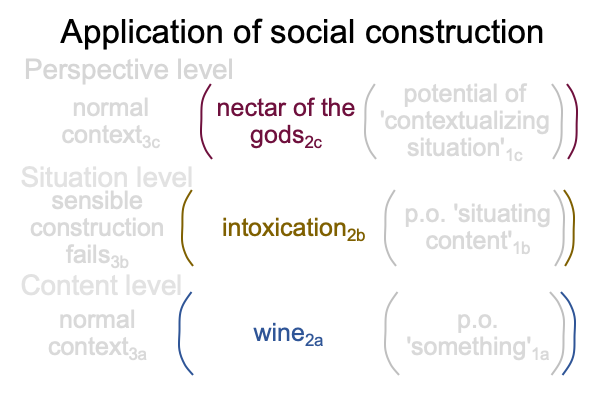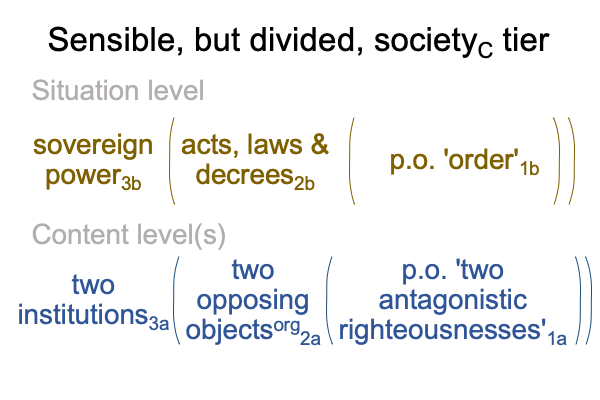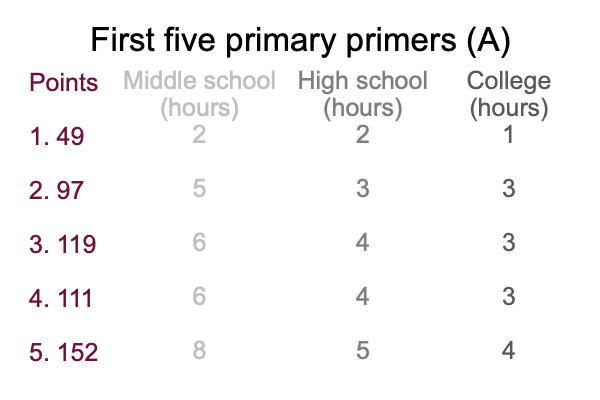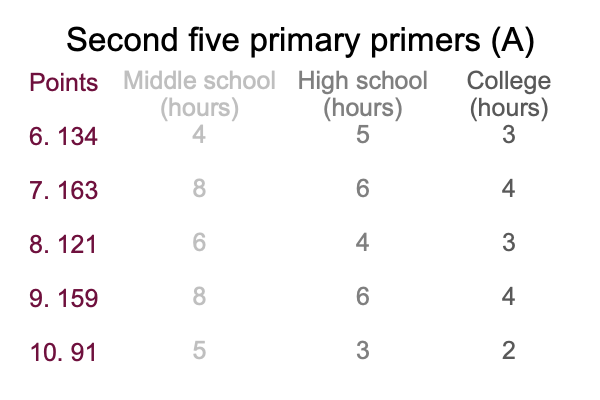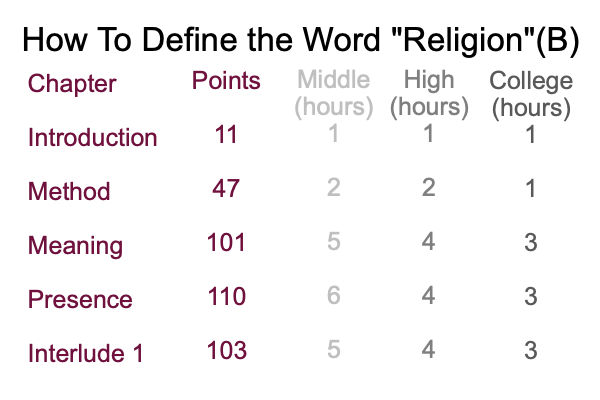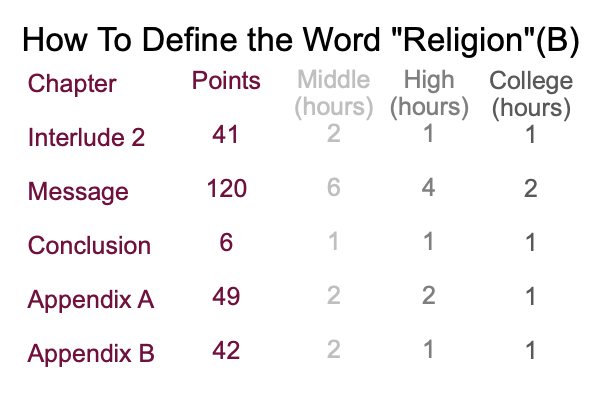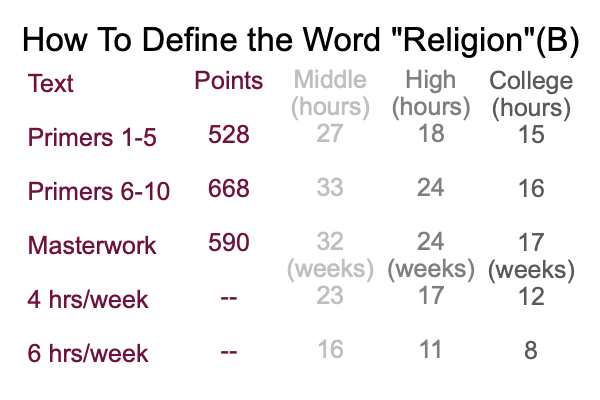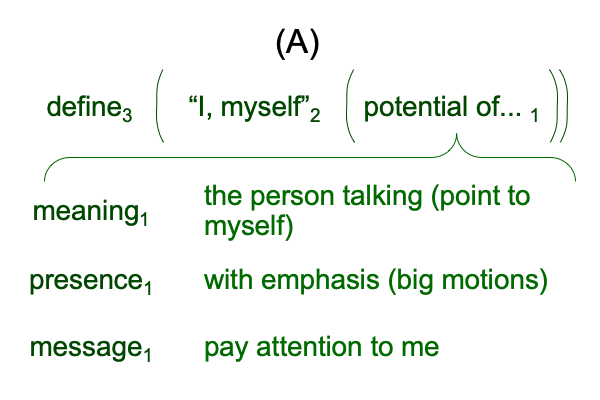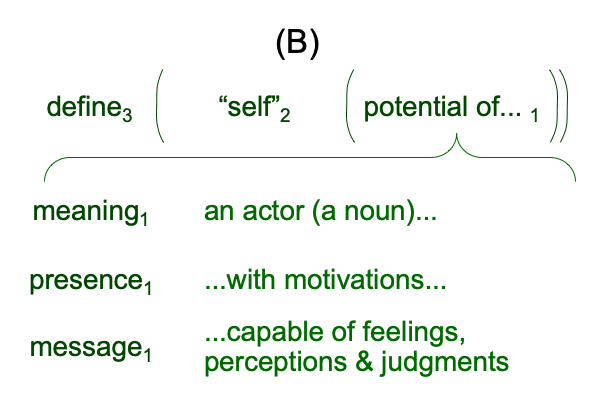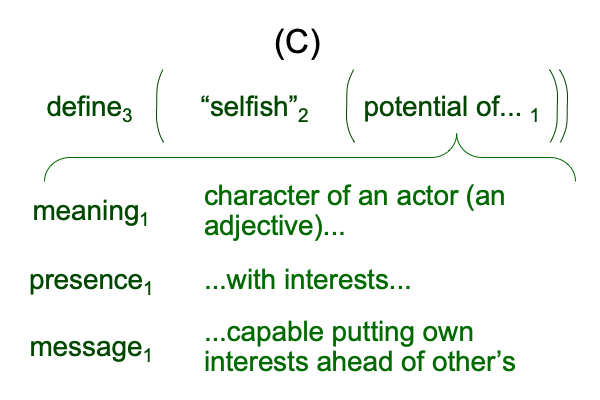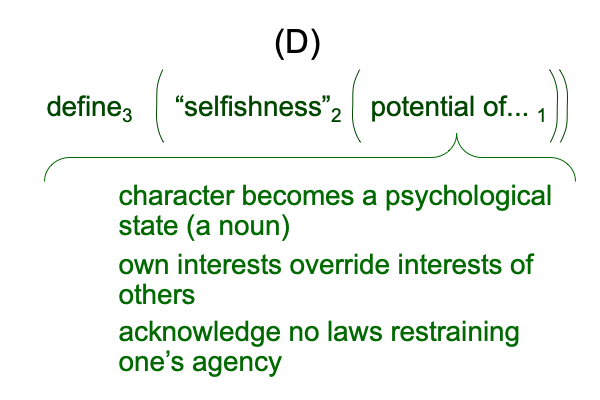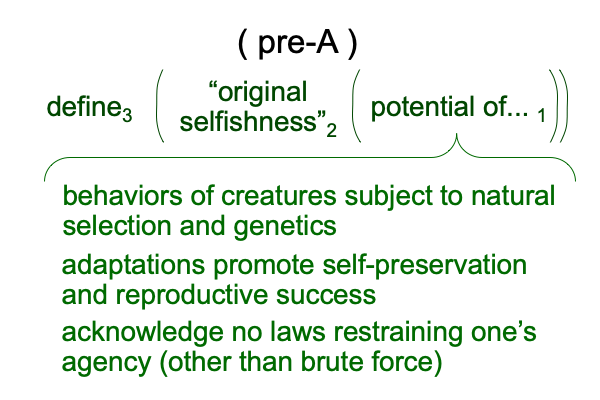Looking at Razie Mah’s (2015) A Primer on an Infrasovereign Religion (Part 18 of 24)
0115 The eighth primer introduces the concepts of infrasovereign and sovereign religions. The nomenclature is ambiguous. Perhaps, one day, the ambiguity will be clarified.
But, remember, words are slippery beings.
0116 Technically, infrasovereign religions are institutions3aC that seek sovereign power3bC in order to achieve their organizational objects2aC.
Theoretically, all institutions3aC belong to the contenta level of the societyC tier. Every institution3aC stands below the sovereign3bC. Plus, some of these institutions3aC are obviously religious. But, they do not seek sovereign power3bC in order to implement their organizational objectives2aC. Until, of course, they change their minds.
Can a not infrasovereign religionaC become an infrasovereign religion merely by deciding to pursue sovereign power3bC?
Yes, plus, an institution3aC that self-identifies as “not religious” may become an infrasovereign religion by pursuing sovereign power3bC.
Yes, there is terminological ambiguity.
0117 The Reformation (around 1500 to 1550 AD) consists of Christian factions, breaking away from a historical unity (the Catholic Church) filled with um… factions. The act of breaking away constitutes an organizational object2aC. So, break-away factions appeal to sovereign authorities3bC in order to establish laws2bC that allow the new order1bC. These factions gain the label, “religions”.
0118 The Reformation shows that sovereign power3bC virtually situates institutions3aC, including the new factions3aC. Plus, the new factions3aC (as well as the old factions3aC that do not break away) pursue sovereign power3bCin order to implement their organizational objectives2aC.
Here is a picture of the first two levels of the societyC tier.

0119 What does this imply?
Infrasovereign and sovereign religions confound order1bC with righteousness1aC.
Religions that are not infrasovereign do not.
0120 Sovereign power3bC allows an institution3aC to impose its objectorg2aC as order1bC upon those outside the institution3aC.
What does this lead to?
Are those outside the institution3aC not righteous1aC?
0121 America’s (il)liberal big government legal system (1950 to present) offers an example. The discussion is difficult, because the meanings of spoken words twist in the drama of an institution3aC… or rather, an infrasovereign religion3aC,… justifying its acquisition of legal authority2bC.
Nevertheless, the example in primer eight raises a weirdly foundational question.
Is sexual orientation identical to race?
0122 The modern (il)liberal says “yes”, because both are genetically determined.
The Christian says “no”, because, on one hand, discrimination based on race is historically conditioned. American slavery and Jim Crow laws are extrinsic to the person. On the other hand, sexual orientation is personally conditioned. Homosexual activity involves personal choice. These choices are intrinsic to the person.
0123 The clash of these two worldviews provides a frame for appreciating how both homosexual activists and Christian believers operate as religions. The former is an infrasovereign religion. The latter is not.


